Home>Storage & Organization>Closet & Wardrobe Organization>How To Organize Puzzles
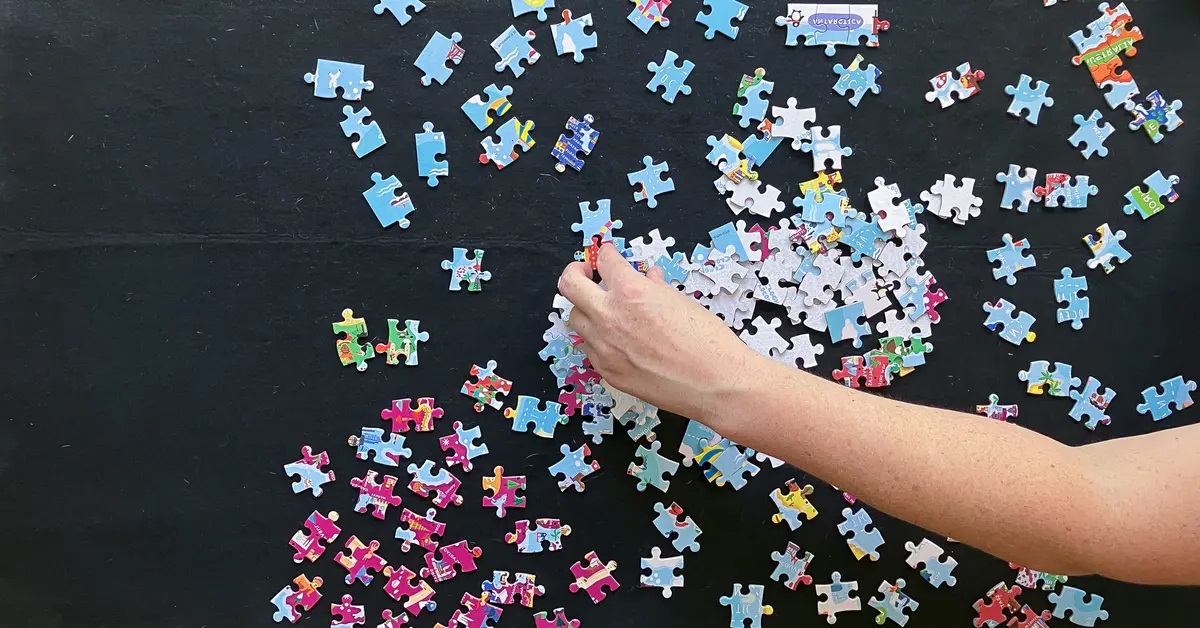

Closet & Wardrobe Organization
How To Organize Puzzles
Modified: August 31, 2024
Learn how to efficiently organize your puzzles with our expert tips. Get your closet and wardrobe in order with our practical organization solutions. Start decluttering today!
(Many of the links in this article redirect to a specific reviewed product. Your purchase of these products through affiliate links helps to generate commission for Storables.com, at no extra cost. Learn more)
Choosing the Right Storage Solution
When it comes to organizing puzzles, the first step is to choose the right storage solution. There are various options available, and it's essential to select one that suits your space and the size of your puzzle collection. Here are some storage solutions to consider:
-
Puzzle Storage Trays: These trays are designed specifically for puzzles and come in various sizes to accommodate different puzzle dimensions. They are ideal for keeping puzzle pieces organized and can be stacked to save space.
-
Storage Bins or Boxes: Using clear plastic storage bins or boxes allows you to see the contents without having to open them. This makes it easier to locate specific puzzles without rummaging through multiple containers.
-
Shelving Units: Installing shelving units in your designated puzzle area can provide a convenient way to store and display your puzzle collection. You can use the shelves to showcase completed puzzles or store puzzle boxes neatly.
-
Puzzle Roll-Up Mats: If you prefer to work on puzzles in different locations, a puzzle roll-up mat can be a practical storage solution. These mats allow you to roll up an in-progress puzzle and store it without losing any pieces.
-
Custom-Built Puzzle Storage: For avid puzzle enthusiasts with a large collection, custom-built storage solutions such as puzzle cabinets or wall-mounted racks can be a stylish and efficient way to organize and store puzzles.
Consider the available space in your home, the number of puzzles you have, and your personal preferences when choosing the right storage solution for your puzzle collection. Each option has its benefits, so it's essential to select one that aligns with your organizational needs and lifestyle.
Key Takeaways:
- Choose the right storage solution for your puzzles based on your space and collection size. Consider trays, bins, shelving units, roll-up mats, or custom-built options to keep your puzzles organized and accessible.
- Sort and categorize your puzzles by theme, difficulty, size, brand, or recipient to create a well-organized collection. Label your storage containers clearly and maintain a dedicated puzzle space for an enjoyable puzzling experience.
Read more: How To Store Completed Puzzles
Sorting and Categorizing Your Puzzles
Sorting and categorizing your puzzles is a crucial step in creating an organized system for your collection. By implementing a methodical approach, you can easily locate specific puzzles and maintain an orderly storage system. Here's how to effectively sort and categorize your puzzles:
-
By Theme or Image: Begin by sorting your puzzles based on their themes or images. For example, you can group together puzzles featuring landscapes, animals, famous landmarks, or specific artists. This approach allows you to create themed sections within your storage space, making it simpler to find a puzzle that matches your current mood or interest.
-
By Difficulty Level: Another effective way to categorize your puzzles is by their difficulty levels. You can separate them into sections such as easy, moderate, and challenging. This categorization helps you quickly identify puzzles that suit your current skill level or the amount of time you have available for puzzling.
-
By Puzzle Size: If you have puzzles of varying sizes, consider sorting them based on their dimensions. This can include small, medium, and large puzzles, or specific dimensions such as 500 pieces, 1000 pieces, and so on. Organizing puzzles by size enables you to allocate appropriate storage space and easily identify the puzzle you want to work on.
-
By Brand or Series: If you have a collection of puzzles from specific brands or series, consider categorizing them accordingly. This can include organizing puzzles from a particular manufacturer, designer, or puzzle series. By doing so, you can create dedicated sections for each brand or series, making it convenient to access and enjoy puzzles from your favorite sources.
-
By Age or Recipient: For those who have puzzles intended for different age groups or recipients, such as children, adults, or seniors, sorting puzzles based on their target audience can be beneficial. This categorization ensures that puzzles suitable for specific individuals are readily available when needed.
By implementing these sorting and categorizing methods, you can establish a well-organized puzzle collection that reflects your preferences and makes it effortless to locate and select puzzles for enjoyment. This systematic approach also contributes to a visually appealing and functional puzzle storage space.
Labeling Your Puzzle Collection
Labeling your puzzle collection is a crucial aspect of maintaining an organized and easily accessible storage system. By clearly labeling your puzzles and their corresponding storage containers, you can streamline the process of locating specific puzzles and keeping track of your collection. Here's how to effectively label your puzzle collection:
-
Utilize Clear and Legible Labels: When labeling your puzzle storage containers, use clear and legible labels that are easy to read. Opt for adhesive labels or label maker stickers that adhere securely to the containers. Ensure that the font size is large enough to be visible at a glance.
-
Include Descriptive Information: In addition to labeling the containers with the number of puzzle pieces or the puzzle's title, consider including descriptive information such as the puzzle's theme, brand, or series. This extra detail can be particularly helpful when you have a diverse collection and want to quickly identify specific puzzles.
-
Label Both Sides of the Containers: To enhance accessibility, consider labeling both sides of the storage containers. This ensures that the labels remain visible even when the containers are stacked or stored in a way that obscures one side.
-
Use Color-Coding: Implement a color-coding system for your puzzle labels to further categorize and differentiate your collection. Assign specific colors to different themes, difficulty levels, or any other categorization method you've employed. This visual cue can expedite the process of locating puzzles based on your predetermined categories.
-
Update Labels When Needed: As your puzzle collection evolves, be proactive in updating and maintaining the labels. When you add new puzzles to your collection or reorganize the storage containers, ensure that the labels accurately reflect the contents. Regularly reviewing and updating the labels contributes to the overall efficiency of your puzzle organization system.
By incorporating these labeling practices, you can establish a well-organized and easily navigable puzzle collection. The clear and descriptive labels not only facilitate the process of finding specific puzzles but also contribute to the visual appeal of your dedicated puzzle storage space.
Use small containers or bags to separate puzzle pieces by color or section. Label each container to easily identify where the pieces belong. Keep the puzzle picture nearby for reference.
Creating a Dedicated Puzzle Space
Designating a dedicated space for your puzzle collection is essential for fostering an environment that encourages enjoyment and organization. Here's how to create a dedicated puzzle space that caters to your puzzling needs:
-
Selecting the Ideal Location: Choose a suitable area in your home where you can comfortably work on puzzles and store your collection. Consider factors such as natural lighting, accessibility, and the availability of flat surfaces for assembling puzzles.
-
Establishing Work Surfaces: Set up tables or surfaces specifically intended for assembling puzzles. Ensure that these surfaces are spacious enough to accommodate puzzles of various sizes without feeling cramped. Additionally, consider using puzzle mats or boards to protect the puzzle pieces and provide portability if needed.
-
Incorporating Comfortable Seating: Select comfortable seating options, such as chairs or cushions, to create a pleasant and relaxed puzzling environment. Adequate seating contributes to prolonged enjoyment and minimizes discomfort during extended puzzle-solving sessions.
-
Displaying Completed Puzzles: Dedicate a portion of your puzzle space to showcasing completed puzzles. This can involve framing and hanging completed puzzles on the wall, displaying them on easels, or utilizing specially designed puzzle display stands. Displaying your completed puzzles adds a decorative and personalized touch to your puzzle space.
-
Organizing Puzzle Storage: Integrate the chosen storage solutions, such as puzzle trays, bins, or shelving units, into your dedicated puzzle space. Ensure that the storage options are easily accessible and contribute to the overall organization and aesthetics of the area.
-
Personalizing the Environment: Add personal touches to your puzzle space, such as decorative elements, artwork, or themed decor that align with your interests. Creating a personalized and visually appealing environment enhances the overall experience of spending time in your dedicated puzzle space.
By implementing these strategies, you can establish a dedicated puzzle space that caters to your preferences and provides a functional, organized, and enjoyable setting for indulging in your puzzling hobby.
Maintaining and Updating Your Puzzle Organization System
Maintaining and updating your puzzle organization system is essential for preserving the efficiency and functionality of your puzzle storage and categorization. By implementing regular maintenance and updates, you can ensure that your puzzle collection remains well-organized and easily accessible. Here's how to effectively maintain and update your puzzle organization system:
-
Regular Inspection and Cleaning: Periodically inspect your puzzle storage containers, shelves, and dedicated puzzle space to ensure that everything remains in good condition. Remove any dust or debris that may have accumulated on the storage containers or shelves. This helps maintain a clean and visually appealing puzzle storage area.
-
Reassessing Categorization Methods: As your puzzle collection grows or your preferences change, consider reassessing your categorization methods. Determine if any adjustments are needed to better accommodate new additions to your collection or to align with evolving interests. This proactive approach ensures that your puzzles are consistently organized in a manner that reflects your current preferences.
-
Updating Labels and Inventory: Regularly review and update the labels on your puzzle storage containers to accurately reflect the contents. Additionally, maintain an inventory of your puzzle collection, noting any new additions or removed puzzles. This inventory serves as a reference for tracking your puzzles and aids in preventing duplicates.
-
Implementing Storage Optimization: Continuously explore ways to optimize your puzzle storage space. This may involve reorganizing the placement of puzzle trays, utilizing additional shelving, or incorporating new storage solutions to accommodate a growing collection. By optimizing your storage space, you can maintain an efficient and visually appealing puzzle organization system.
-
Adapting to Collection Changes: Be adaptable to changes in your puzzle collection, such as acquiring new puzzles, completing existing ones, or transitioning to different themes or difficulty levels. Adjust your organization system to accommodate these changes, ensuring that it remains tailored to your evolving collection and preferences.
-
Seeking Feedback and Input: If you share your puzzle space with family members or fellow puzzle enthusiasts, seek their feedback and input regarding the organization system. Consider their perspectives on the accessibility and functionality of the puzzle storage and categorization. Their insights can provide valuable input for refining and updating the system.
By consistently maintaining and updating your puzzle organization system, you can uphold an organized, visually appealing, and functional puzzle collection. This proactive approach ensures that your puzzle storage and categorization align with your evolving preferences and collection dynamics.
Frequently Asked Questions about How To Organize Puzzles
Was this page helpful?
At Storables.com, we guarantee accurate and reliable information. Our content, validated by Expert Board Contributors, is crafted following stringent Editorial Policies. We're committed to providing you with well-researched, expert-backed insights for all your informational needs.
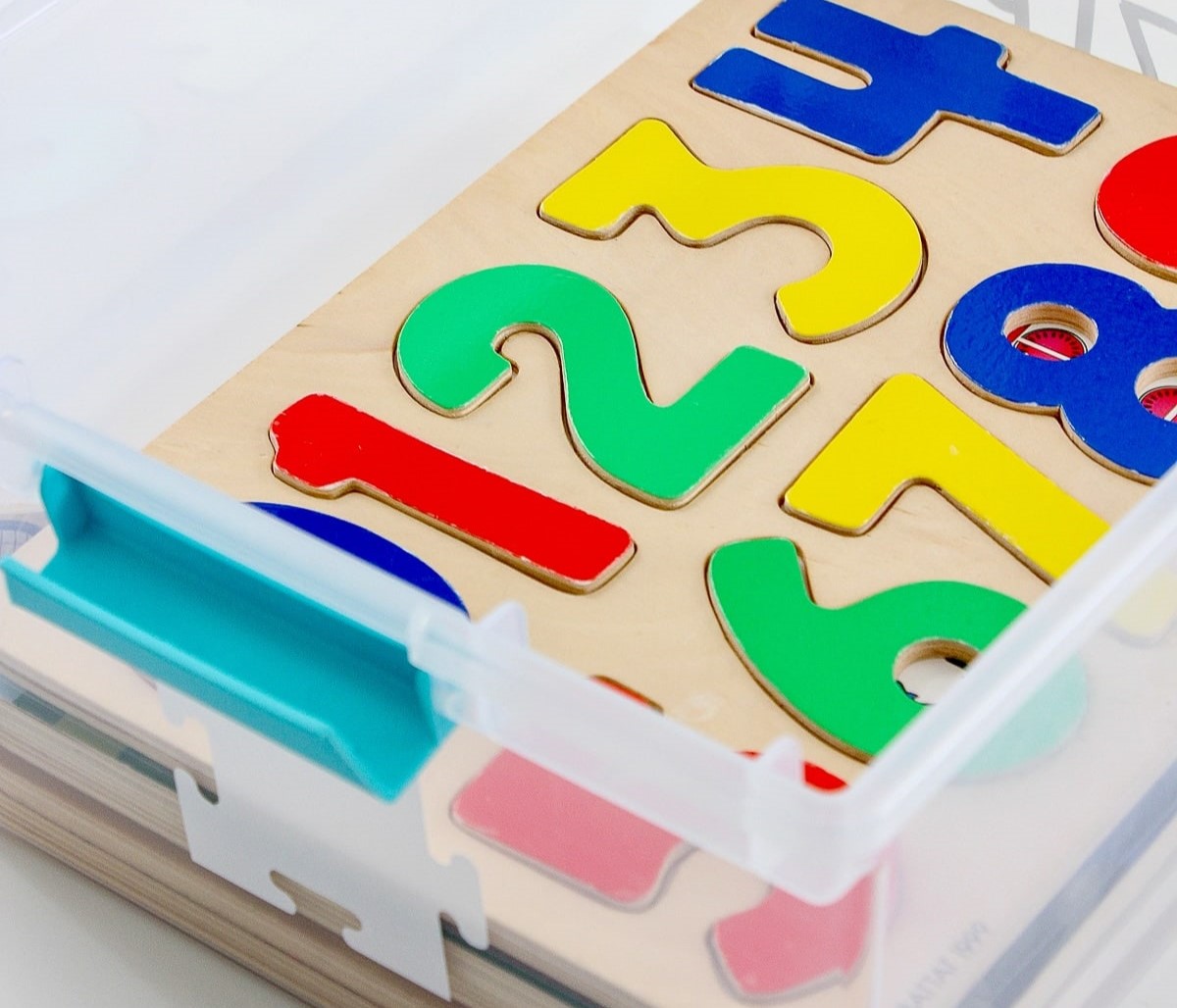
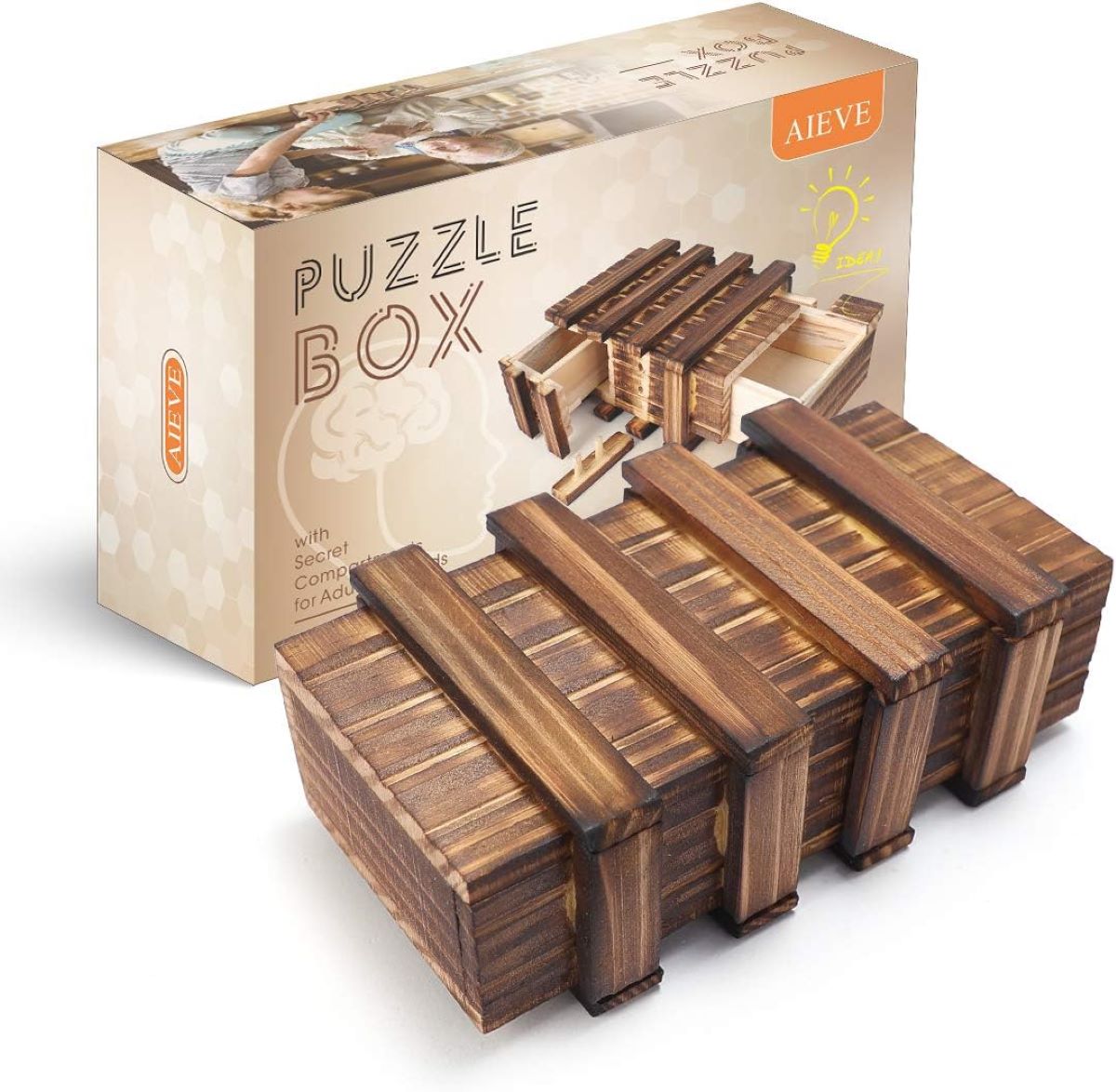
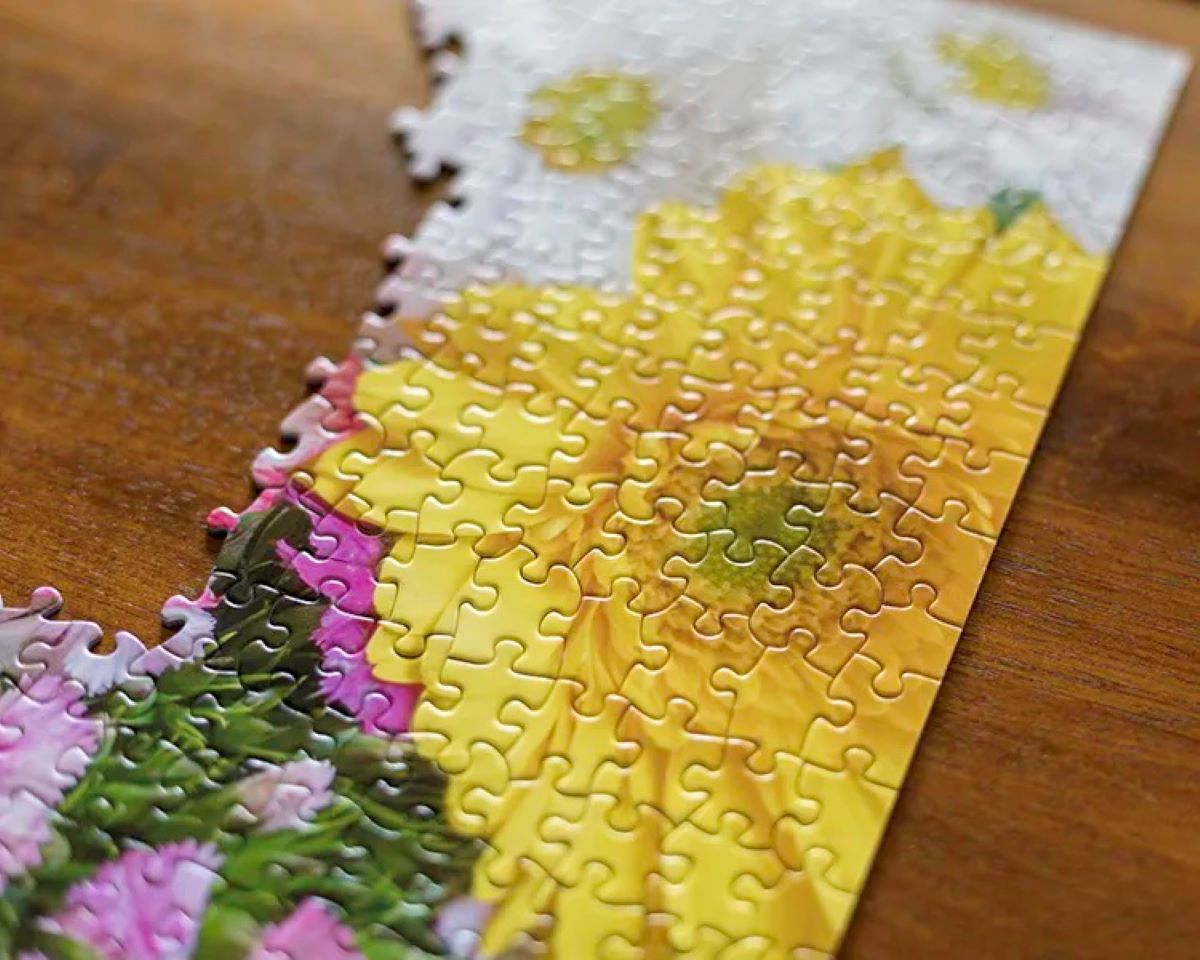
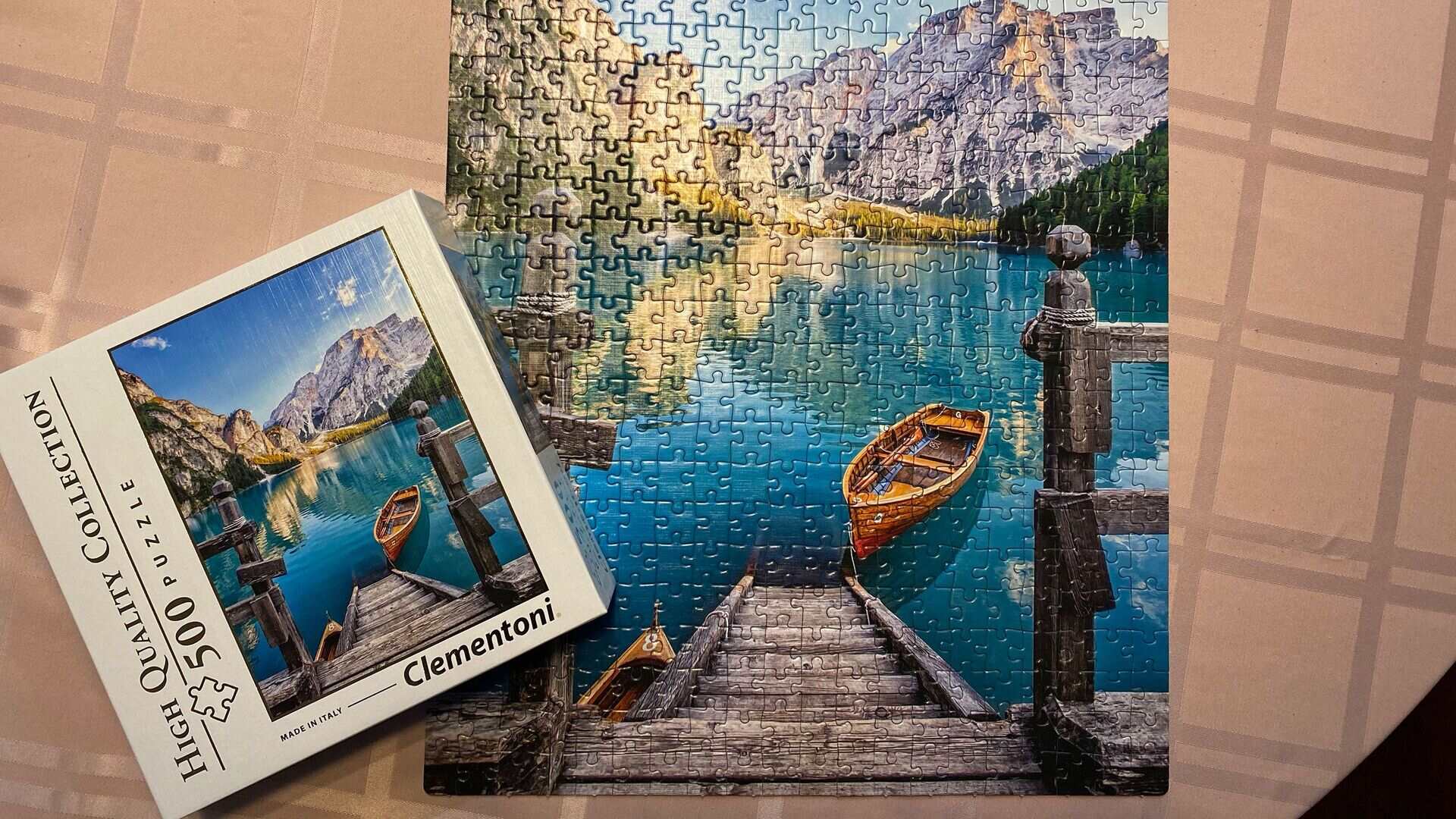

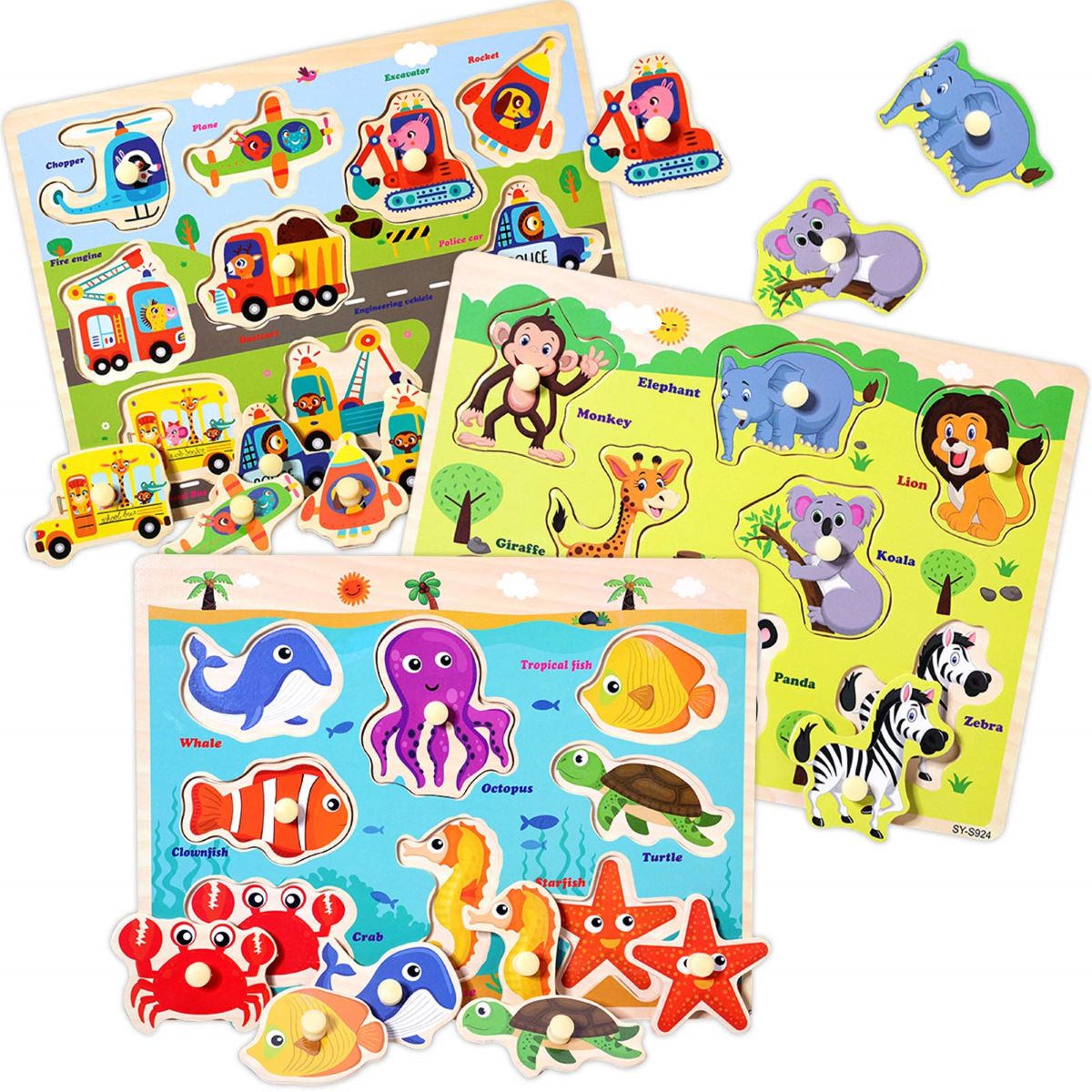
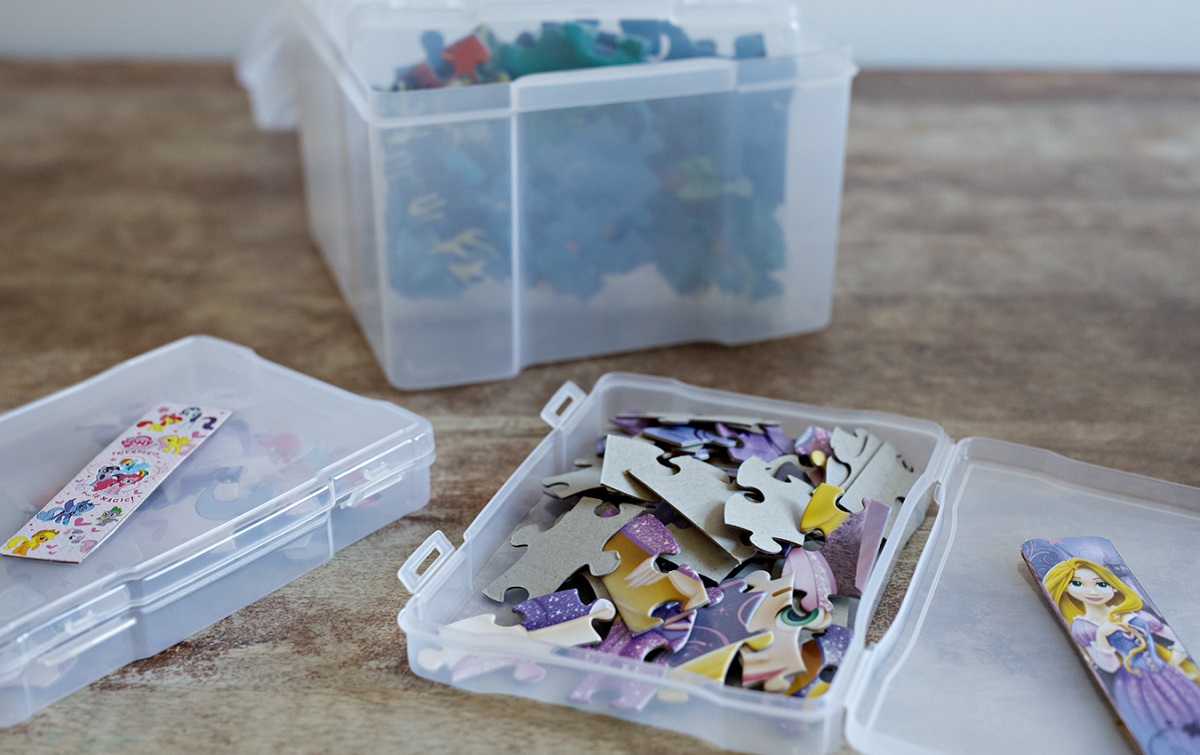
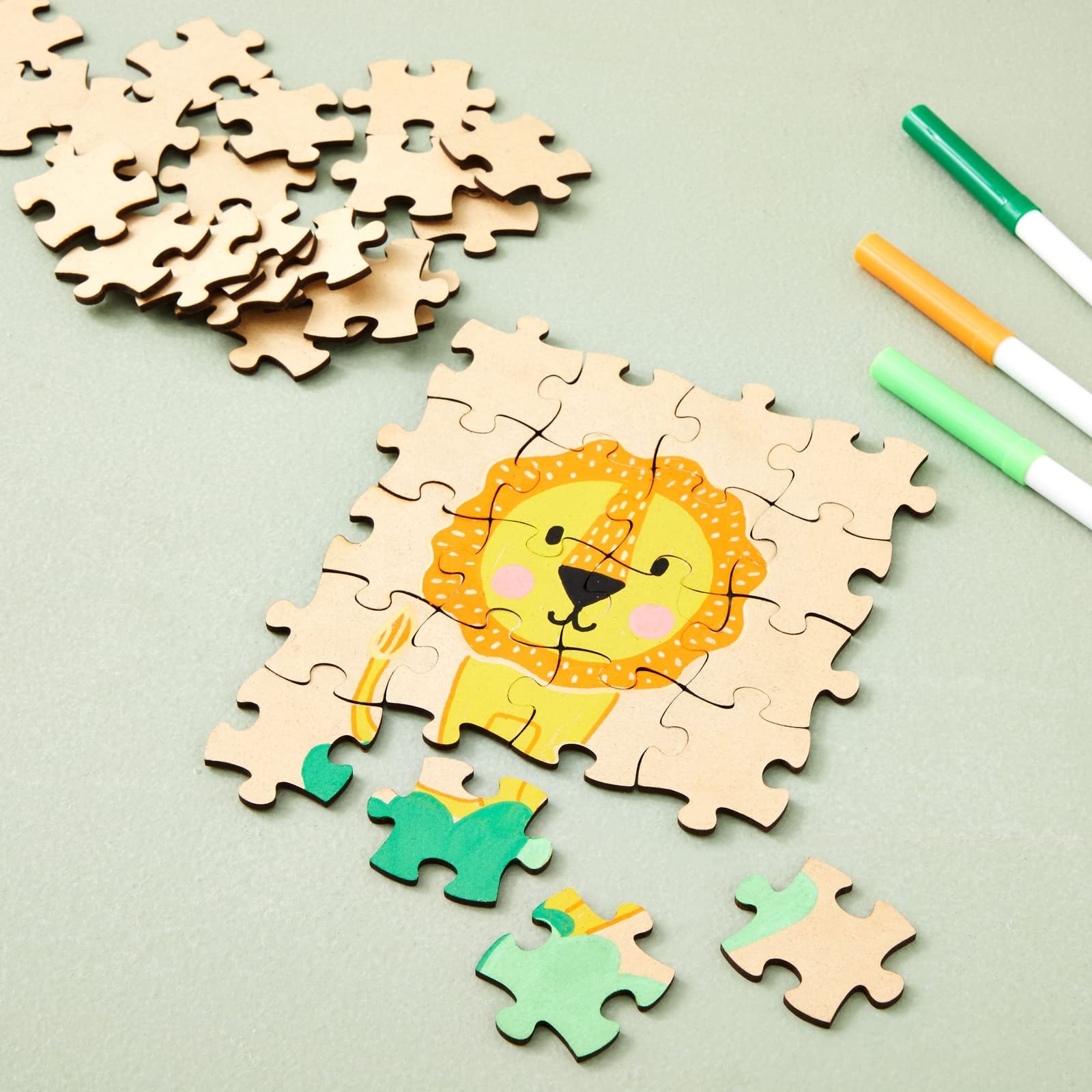
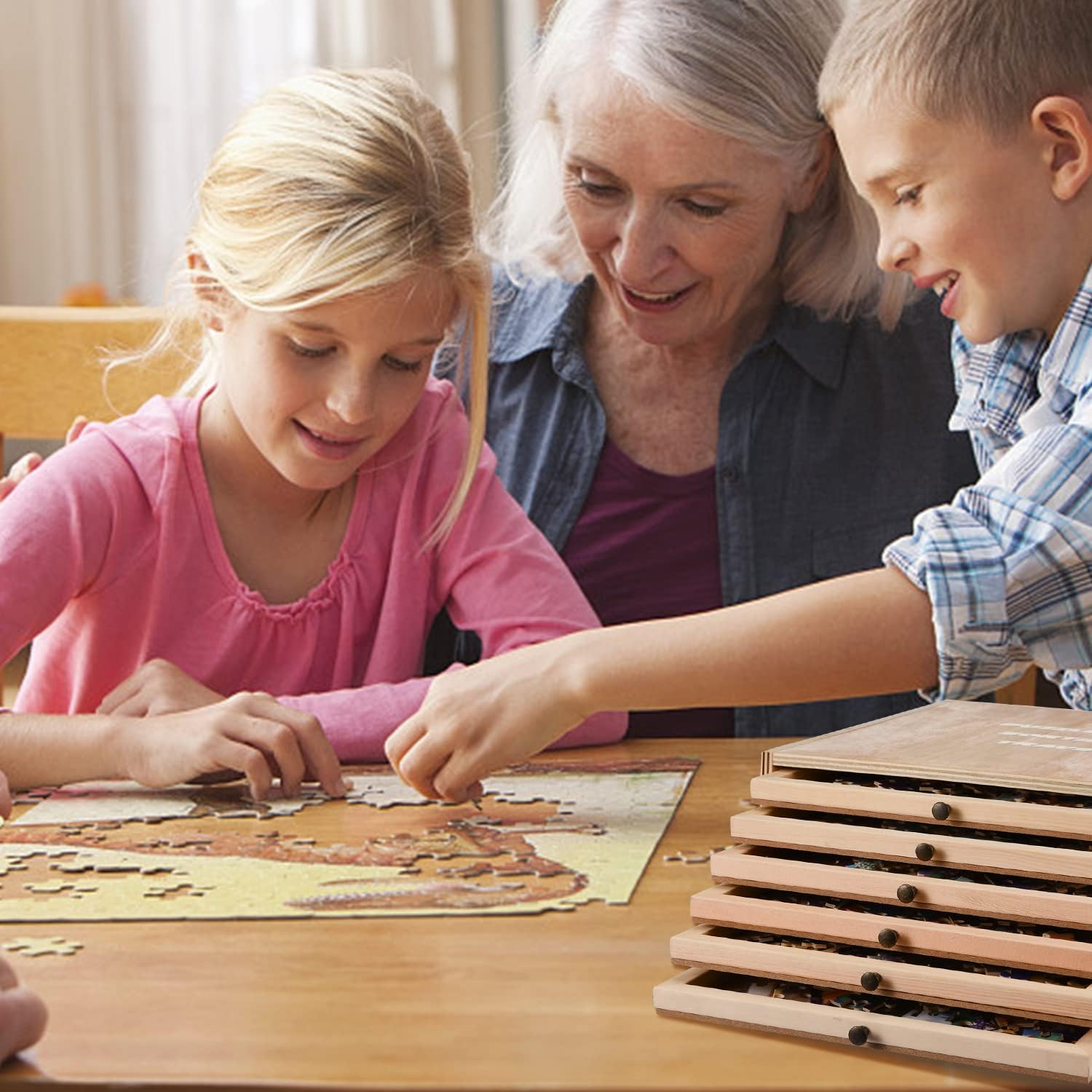

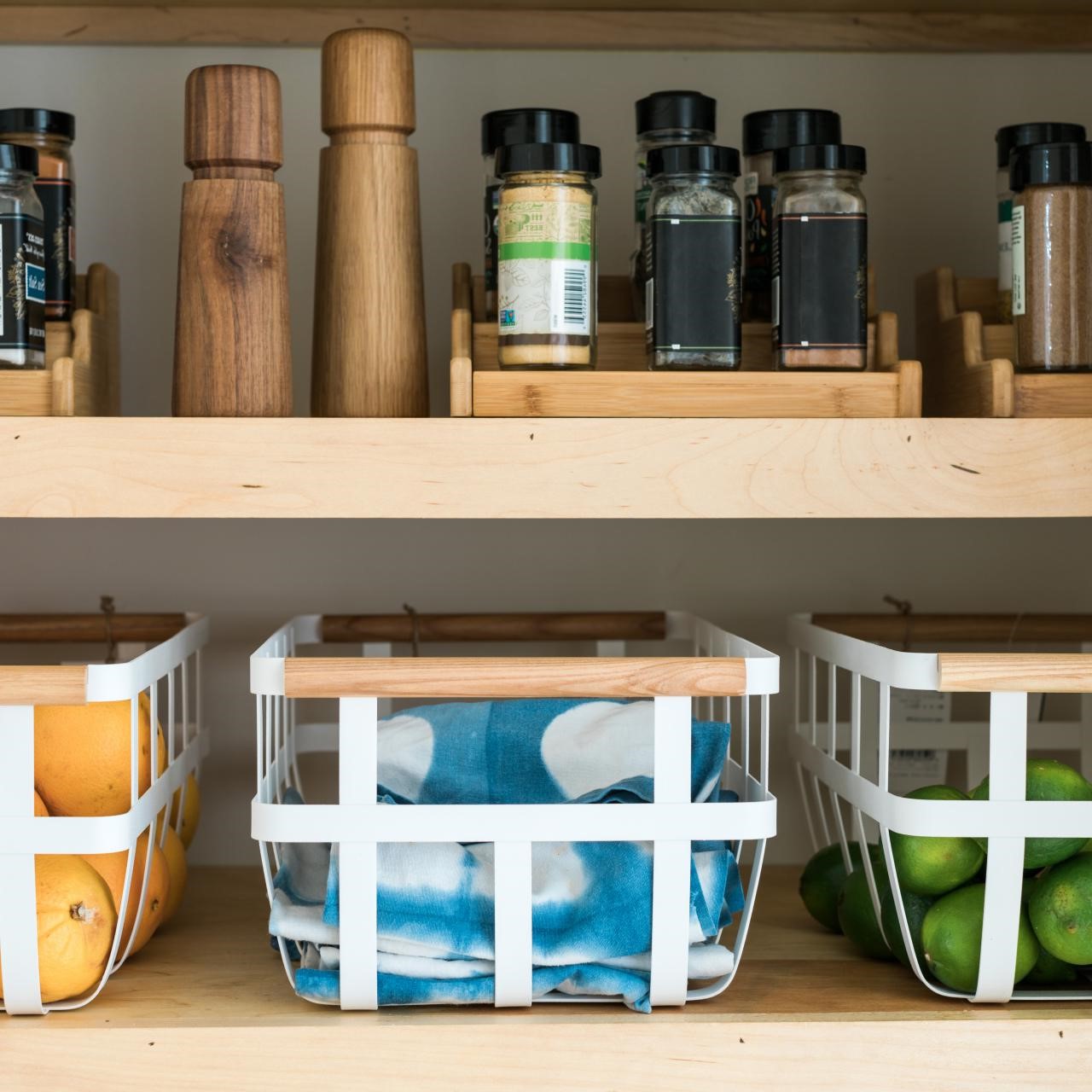
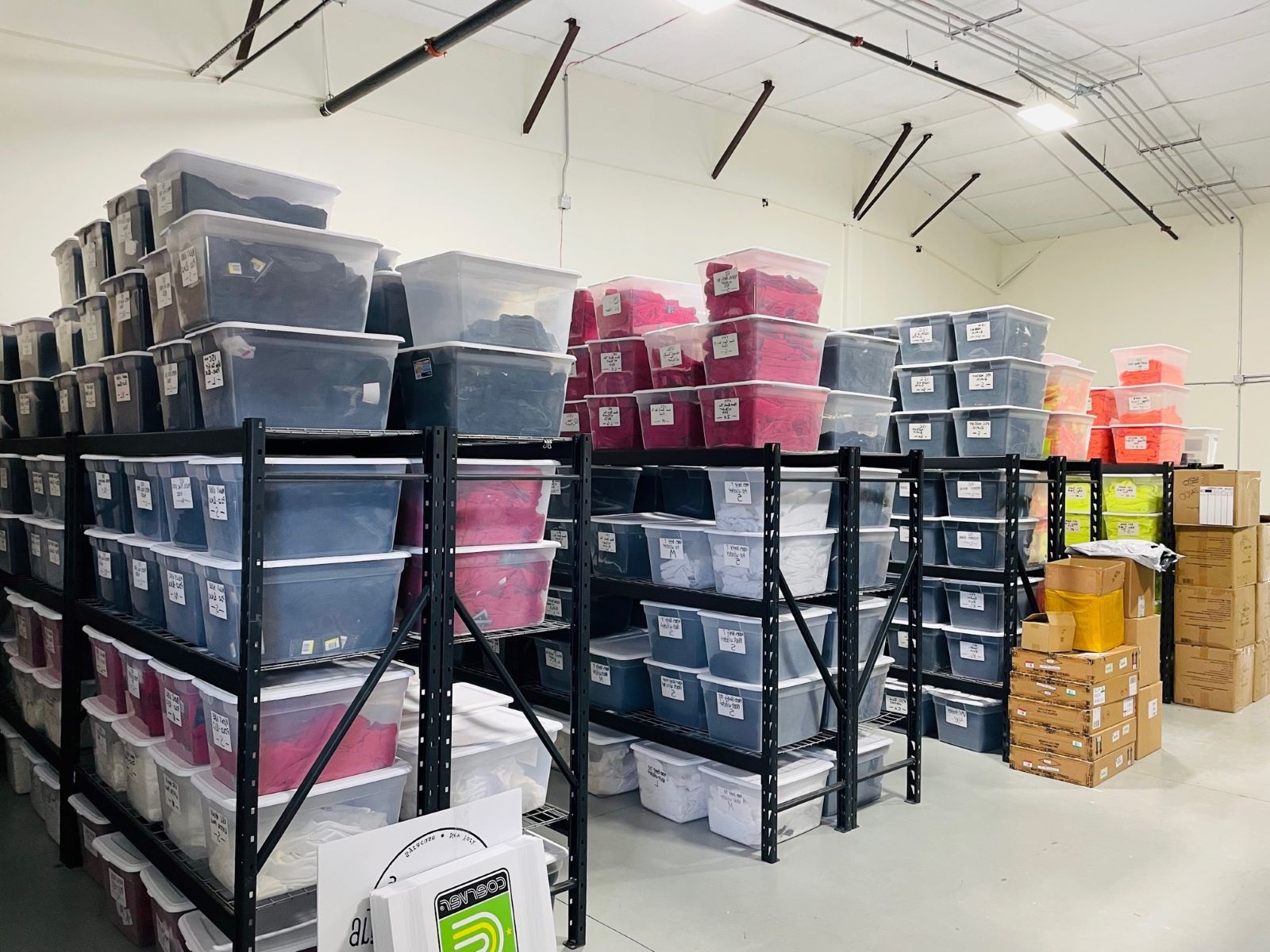
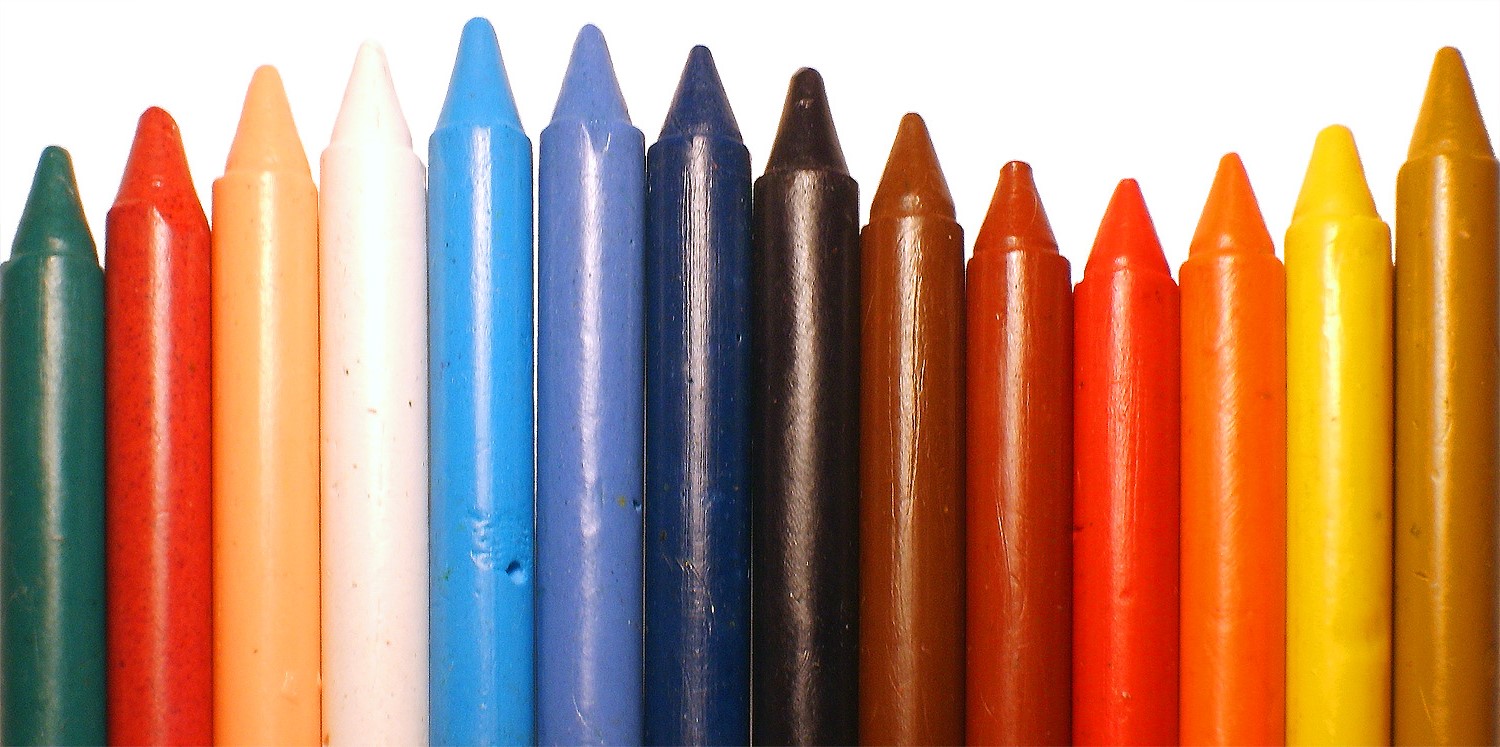
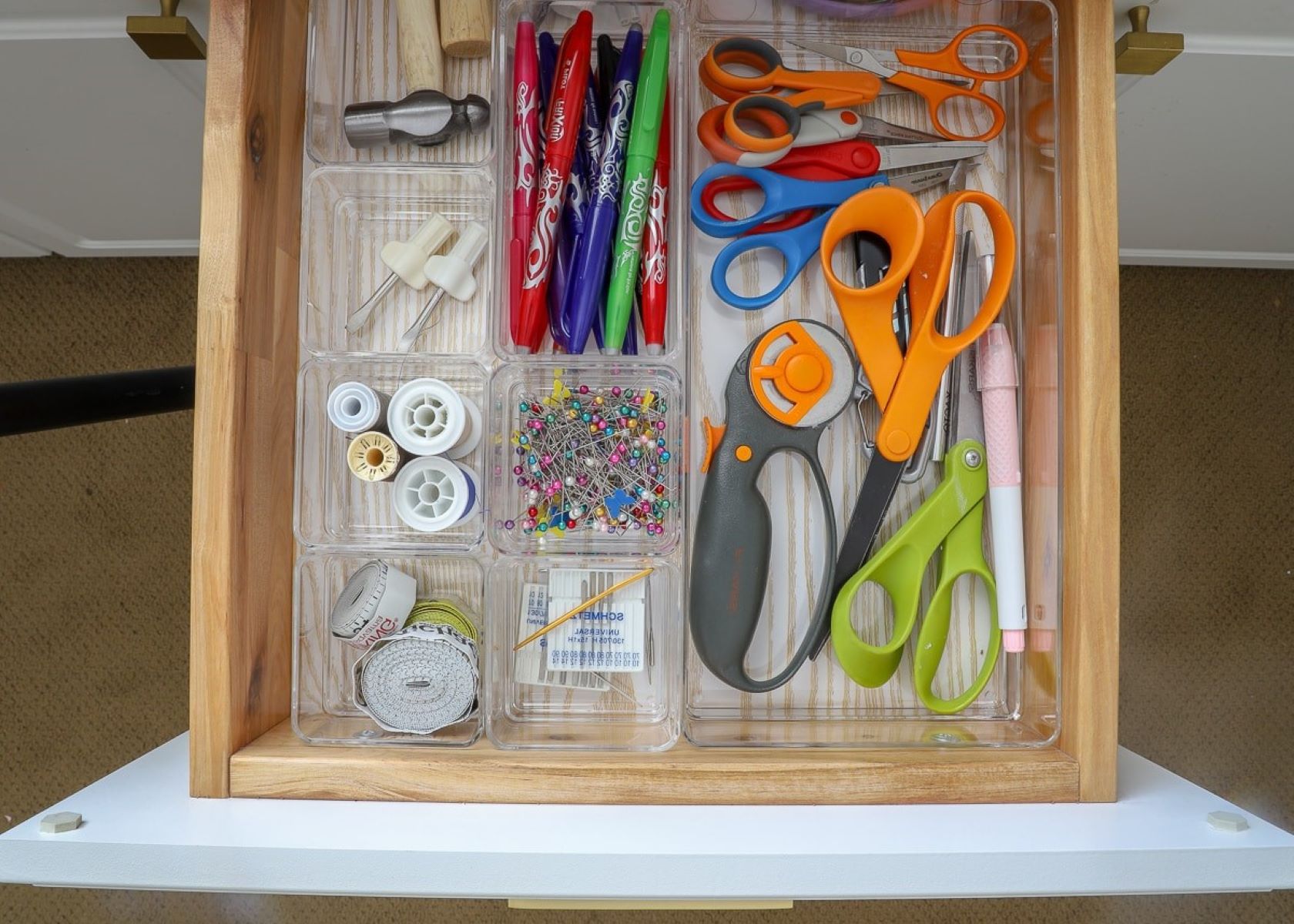
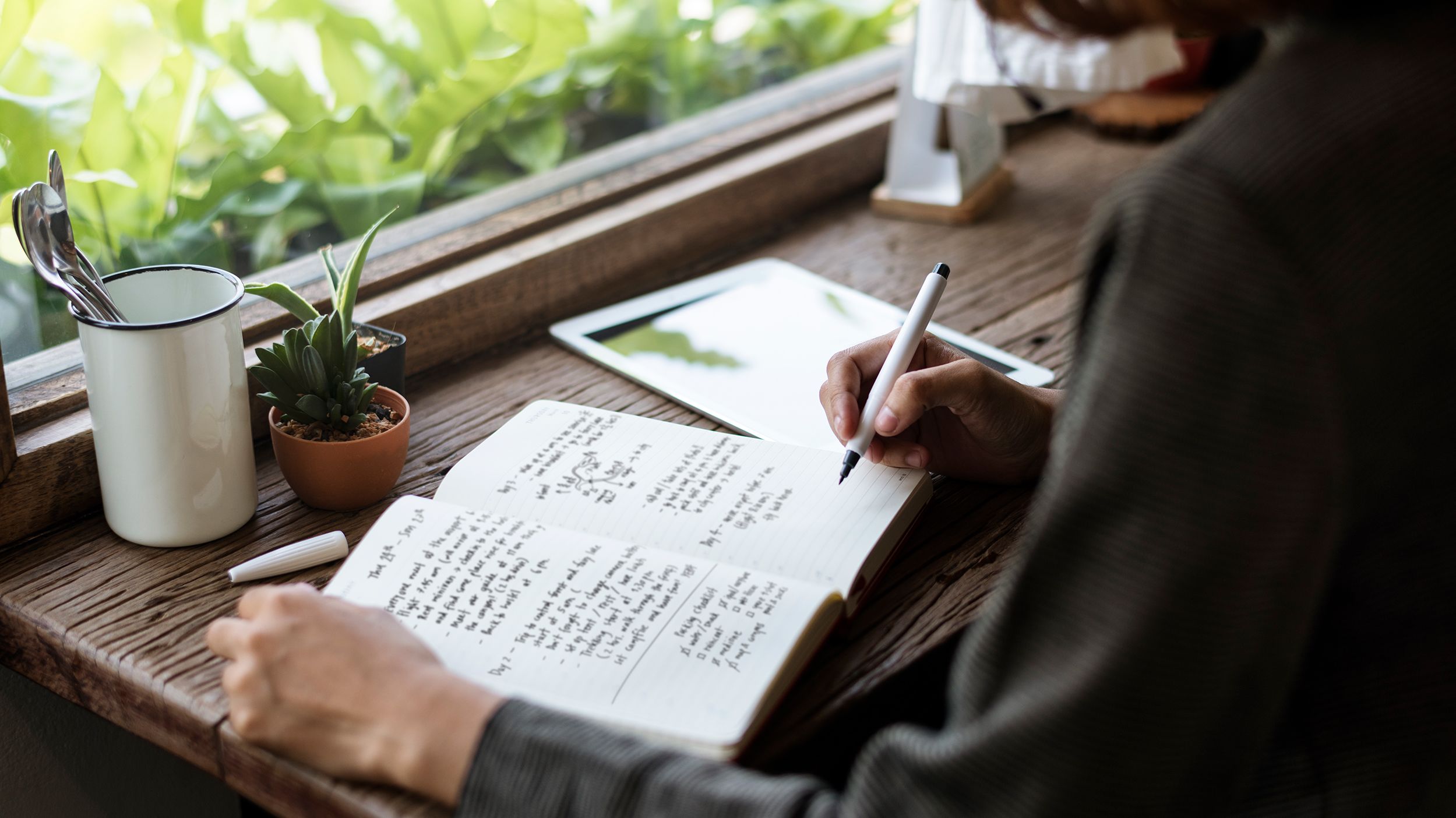

0 thoughts on “How To Organize Puzzles”